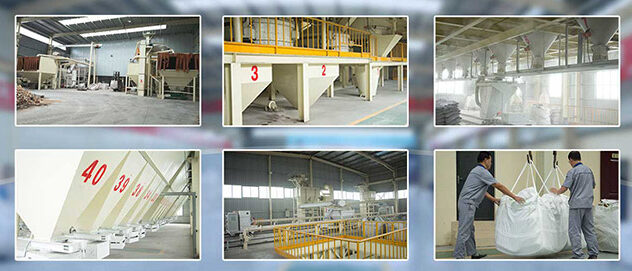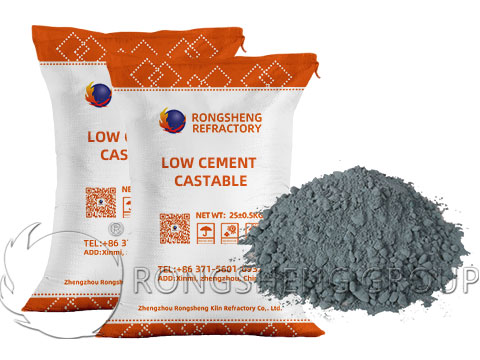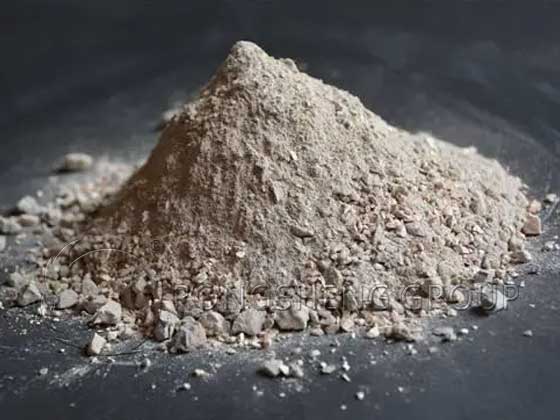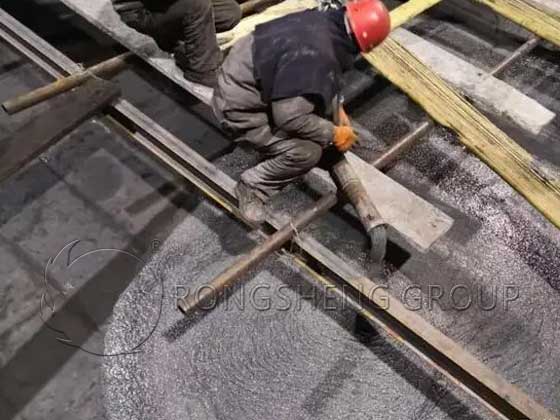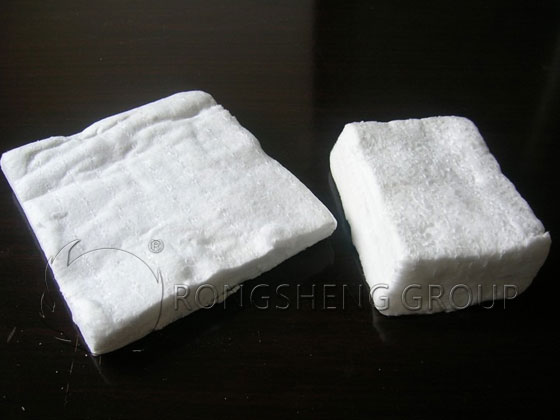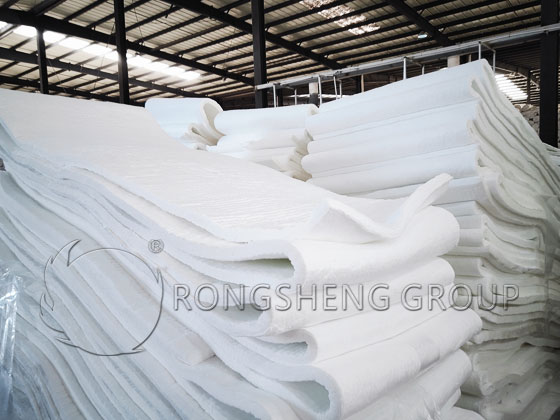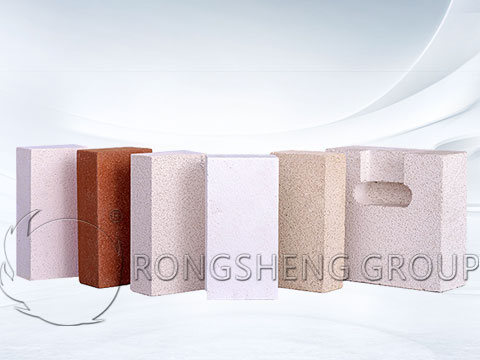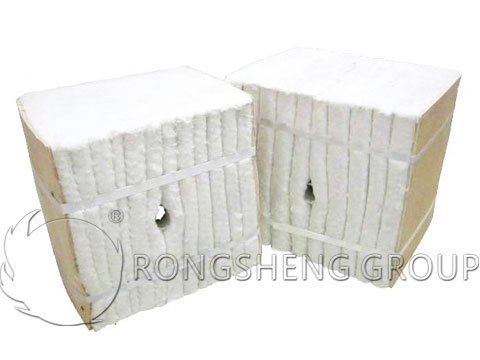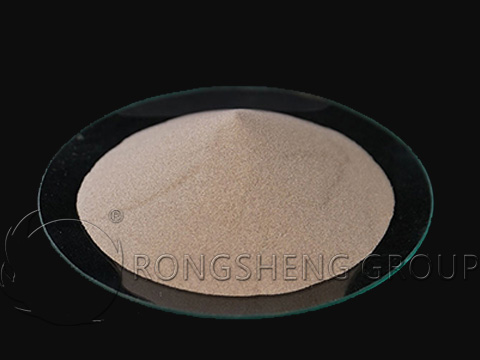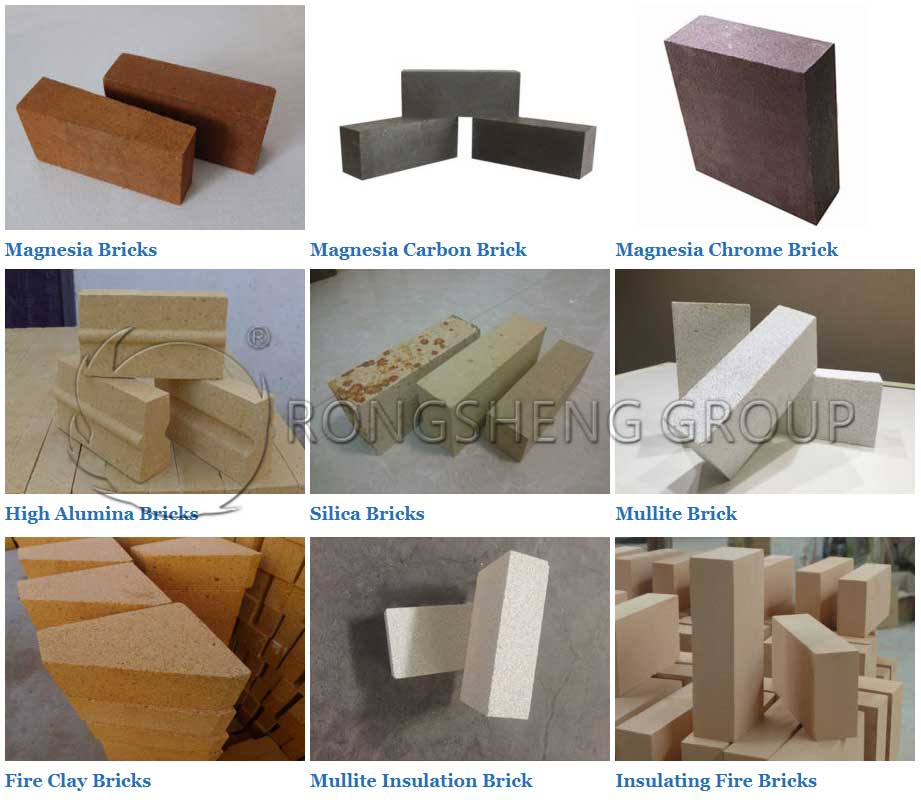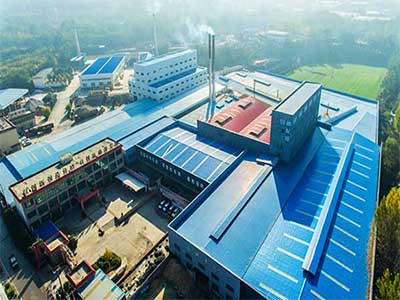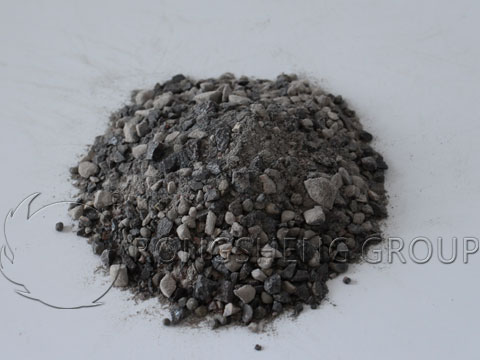Insulation materials commonly used in industrial kiln equipment include insulation bricks, insulation castables, aluminum silicate fiber series, ceramic fiber series, calcium silicate series, etc. The outstanding performance of this kind of thermal insulation material is that it can play the role of heat preservation and heat insulation. There are many kinds of high-temperature-resistant insulation materials, and their economy and performance should be considered when used in the insulation layer of kilns, so as to achieve energy saving, conservation, and environmental protection. How to do high-temperature industrial kiln insulation?

What are kiln insulation materials?
High-temperature kiln insulation materials, and refractory materials for industrial boilers are divided into two categories: heavy refractory materials and light refractory materials. Heavy refractory materials mainly include refractory bricks, refractory castables, etc. Lightweight refractory materials mainly include ceramic refractory fibers, thermal insulation materials, etc. Lightweight refractory materials require lightweight and good heat insulation performance, which helps to reduce the quality of the furnace wall and heat loss. Rongsheng is a supplier of lining materials for high-temperature industrial kilns and can provide various light and heavy insulation materials for high-temperature industrial kilns. Such as aluminum silicate insulation materials, k23 insulating firebrick, various lightweight insulation bricks, refractory insulation castables, etc.
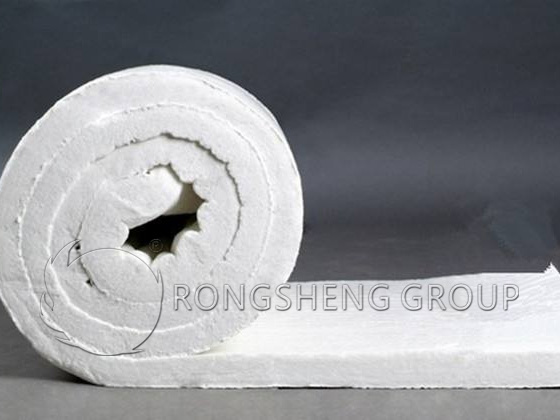
Aluminum silicate insulation material
Aluminum silicate thermal insulation material is widely used in the field of high-temperature refractory at present, and there are many types of products. Aluminum silicate needle-punched blanket, aluminum silicate felt, aluminum silicate loose cotton, aluminum silicate board, aluminum silicate module, and other products.
Aluminum silicate wool is made of selected high-quality coke gemstones that are melted in an electric furnace above 2000°C, blown into fibers by mechanical spraying, and uniformly added with special binders, oil-repellent agents, and water-repellent agents, and cured by heating. Mainly used in the electric power industry, electric boiler, steam turbine, and nuclear power heat insulation, fireproof heat insulation in the shipbuilding industry, construction industry, and fireproof heat insulation of fire doors. Wall lining of high-temperature reaction equipment and heating equipment in the chemical industry, automobile and train manufacturing, fire prevention, heat insulation, kiln lining, furnace door, and top cover. Among them, aluminum silicate needle-punched blankets are widely used. Its temperature range is generally between 600 and 1600 degrees.
Electric Furnace Accessories – Three Insulation Materials for High-Temperature Electric Furnaces
The heart of the high-temperature electric furnace has refractory materials and insulation materials. Everyone should know about refractory materials, so what are the insulation materials? There are three main types of insulation materials for high-temperature electric furnaces.
- Insulation cotton. High-purity clay clinker, alumina powder, silica powder, chrome sand, and other raw materials are melted at high temperatures in an industrial electric furnace to form a fluid. Then use compressed air to spray or use a spinning machine to spin the silk into fibers, and collect the cotton through the cotton collector to form thermal insulation cotton.
- High alumina brick. Usually, high-alumina bauxite clinker is used to add a small amount of clay, after being ground, it is cast and formed in the form of mud by gas generation method or foam method and fired at 1300-1500 °C. Sometimes industrial alumina can also be used to replace part of the alumina clinker. It is used for the inner lining and heat insulation layer of masonry kilns, and the parts without strong erosion and erosion of high-temperature molten materials. When in direct contact with the flame, the surface contact temperature shall not be higher than 1350°C.
- Silicon carbide (SiC). Quartz sand, petroleum coke (or coal coke), wood chips (salt needs to be added when producing green silicon carbide), and other raw materials are smelted through resistance furnaces at high temperatures. Silicon carbide also exists in nature as a rare mineral, moissanite. Silicon carbide is also called moissanite. Among the non-oxide high-tech refractory raw materials such as C, N, B, etc., silicon carbide is widely used and economical, and can be called corundum or refractory sand.
How to do insulation for kilns?
The insulation layer material mainly plays the role of heat preservation and heat insulation through heat transfer. The ways of heat transfer are convection, conduction, and radiation, and the mutual help between them. Since the thermal insulation and heat insulation refractories of Rongsheng Refractories (https://kilnrefractory.com/) are composed of gas and solid phases, heat is also transferred through the phase interior and phase interface. The key to the heat preservation effect of insulating and insulating refractory materials lies in its organizational structure, and solid-phase heat transfer is still the main way of heat transfer, even at 1500 °C. Therefore, compared with dense refractory materials, the porous structure of thermal insulation materials can be regarded as a solid phase separated by a gas phase, which changes from gas-phase conduction to gas-phase conduction, thereby reducing thermal conductivity.
Thermal conductivity is an intuitive indicator of the performance of insulation materials. Factors affecting the thermal conductivity of thermal insulation materials include material, porosity, opening state, humidity, and ambient temperature. Various materials have different thermal conductivity. Rongsheng refractory insulation materials with different performances require different thicknesses of insulation layers to meet the design thermal resistance requirements. The thermal conductivity of the same material is different, and the bulk density is also different. The material has a high porosity and a good thermal insulation effect.
The quality of thermal insulation performance depends on the thermal conductivity of the thermal insulation material. The smaller the heat conduction, the better the heat preservation and insulation effect. Thermal conductivity is related to the composition of the material itself, apparent density, internal structure, average temperature, and moisture content of the material during heat transfer. In general, the lighter the surface density, the lower the thermal conductivity. However, for loose fiber materials, when the apparent density is less than the optimal limit value, the thermal conductivity increases with the decrease of the apparent density.
When the apparent density, average temperature, and water content of the material are exactly the same, the more pores per unit volume of the porous material, the smaller the thermal conductivity. The thermal conductivity of loose granular materials decreases as the number of particles increases. The thermal conductivity of loose fiber materials decreases as the cross-sectional area of the fibers decreases.
The design and construction of good insulation layer refractory materials can not only prolong the service life of industrial kilns and save production costs, but also an important guarantee for safe production.
